ESI U22 XT [Exciting, Deep] Review
Ok, ok. I’m just teasing – God bless the younger folks who want to get into recording and music producing – we all had to start somewhere. As a matter of fact, yours truly was only 13 years of age when I “bounced” my first three mono tracks down to a single track; making room for three more ‘live’ tracks on my father’s Phillips 4-track reel-to-reel recorder (circa 1973). For those of you whom are of the millennial generation or even younger - the iGen youngsters - you are seriously more blessed than you might realize. Old guys like me didn’t have nifty contraptions such as: snappy i5 or i7 laptops, multi-track DAW software, and portable audio interfaces when we started out. If I would've had access to a decent laptop, a good-sounding, low latency audio-interface and a FREE bundled starter DAW, I’d have been totally stoked!
Well guess what? This article is devoted to just such a scenario. ESI’s entry point USB 2.0 audio-interface is prime example of when NOT to judge a book by its orange-y/copper cover. This tidy-looking little box is equally at home in both MAC and Windows setups and like most devices in its class; it features 2-In/2-Out I/O. Expected appointments, such as 48v phantom power and Mic/Line/Instrument connectivity, are at the ready. This sound card delivers an acceptable bit depth and sampling rate, coming in at a maximum of 24bit/96 KHz.
The “U22 XT” sits squarely in the entry-level class of audio interfaces; jimmying up to the starter line alongside PreSonus, “AudioBox”; Forcusrite, “Solo” & “Scarlett 2i2”; Steinberg, “U22 MkII”; and similar stock. Until recently (2017), ESI-Audio wasn’t exactly a household name in North America, and truth be known, the name still isn’t as prolific as many of their competitors’ well-established brand names are. Don’t let that put you off though – the company has been highly regarded in the EU and Asia for more than a decade.
Over the few weeks that I spent familiarizing myself with this little unit, I’ve come to admit that it is a surprisingly solid performer. I say ‘surprisingly’ because at its price point, I wasn't expecting much, if any, ‘Wow Factor”. The company touts it as a ‘professional’ unit; however, I would assess their claims to a little bit of exuberant marketing-speak. Even so, as an inexpensive, bus-powered device, the U22 XT is a dandy piece of kit that actually outpaces many of the others in its weight division.
What’s In The Box:
First off, unlike what’s experienced with some other budget-priced gadgets, ESI doesn’t scrimp on the quality of their retail cartons. The U22 XT comes snugly seated in foam-rubber, housed in a sturdy, cardboard box. There’s nary a twinge of slippage or shoddy packaging to be observed. A physical user’s manual is included – printed on nice quality paper withal. A standard 4ft (1.2 metre) USB cable, and a thick paper card listing the bundled software licenses, rounds out the contents.
The USB cable isn’t a high quality, audiophile-grade piece, but it gets the job done. Given that many computer peripherals don’t ship with cabling now-a-days, it is actually very decent of ESI to include it as a complimentary accessory – more so when you consider that this is a budget-priced item.
The box doesn't contain the most illustrious software bundle ever, but there are a couple of nifty extras included. The buyer receives a complimentary license code for Audified’s “inTone 2” (ESI Edition), a serial code for “Deckadance LE” DJ software from Stanton, and a serial number for “Bitwig 8-Track”.
Build Quality:
I’ve come to expect nothing but solid, sturdy build quality from ESI. I’ve been blessed to work with a set of UniK 08+ studio monitors, a set of UniK 05+ speakers, a MoCo passive monitor controller, and four “XT” series USB audio interfaces. Every single one of these items is built extremely well. German engineered - Asian made. The “U22 XT” is no different in this regard. It’s a decidedly stout little box constructed with durable, light-weight aluminum. All of the U22 XT’s knobs and switches yield a sturdy tactility; rotating fluidly and smoothly with a pleasant amount of light resistance. The input and output jacks on my unit all seem to be hardy, and they hold connectors securely in place – there’s not a smidge of loose, cheaply-made feel. There are a couple of spring-loaded push switches on the unit, and these too seem to be built-to-last. Unlike some other audio-interfaces in this price range, I don’t hear or feel any loose, rattle-y bits when I give it a shake. Sheesh, my old (1st generation) 2i4 rattles like a maraca shaker.
Installation:
A welcome benefit that ESI has surprised us with is a liberal dose of plug n’ play convenience – meaning the U22 XT is a class-compliant device. On Windows™ 7 and newer, driver installation is NOT required for normal Windows sound functionality – the proprietary drivers are only necessary for ASIO and “DirectWire” performance. The same holds true under MAC OS. One needs only to rig up the necessary USB connections; you’ll be enjoying good quality sound from this handsome little box immediately (strictly as a conventional Windows/MAC sound card). Albeit this kind of connect-and-go simplicity is much appreciated, U22 XT’s true value is fully realized when its dedicated drivers are bedded in. The early drivers that I’d originally installed didn’t fare off very well on my Windows 10 system. Happily, newer drivers were developed shortly thereafter, vastly improving performance and functionality. The freshest software revisions are downloadable directly from ESI-audio’s web site and consume all of 1.4 MB . . . tiny.
Appointments & Presentation:
ESI’s “XT” series of audio interfaces showcase classy, sleek lines, rounded edges and professional-looking layouts. Some would say that they bear a somewhat orange-y cast, but more accurately, the units are handsomely presented in a rich, deep-copper tint. Our eye is greeted by a well-laid-out front panel -- one that is intelligently tri-sectioned for speedy, easy operation. Starting from the front left, here’s what we have at hand on the U22 XT:
Flipping our little copper-topper around reveals its neat, tidy backside. (Whoops! That didn’t sound improper, did it?)
The whole rear panel is a simple, no muss-no fuss affair that is most likely understood by all but the most novice of users. From left to right we have:
A stereo pair of RCA phono input jacks. These facilitate other pieces of outboard gear such as a small mixer, or other line-level device (CD-Player, Tape Deck, and etc.). Following along is a spring-loaded push switch to engage either the rear RCA inputs or the front-panel input jacks. Next in line is a stereo pair of ¼” TRS main outputs for piping audio signal into a set of active studio monitors, an amplifier, a digital recorder or a mixing console. On the rear panel’s right most you’ll find an anti-theft Kensington latch and the requisite USB-b port.
Performance and Functionality:
As already noted, this is a bus-powered unit and as such, it is an ideal choice for Plug-n-Go portability -- without sacrificing decent sound quality. I’d also like to point out that this unit doesn't cause my Windows 10 system to choke when it’s awoken from a suspended sleep state. This is great news to anyone who’s experienced the finicky-ness of similar USB-powered audio interfaces (especially those that are scarlett red . . . jus’ sayin’).
The next most logical query that you probably have for me, dear reader, is: “How well do the drivers perform in regard to latency?”
I’m plumb pleased as punch to tell y’all that U22 XT’s ASIO driver (version 1.33) is very fast. Why, its performance is nearly on par with the considerably pricier XT series big brothers – U86, U168 and U108 XT.
A real-world example of this would be to record the normal audio playback (for instance Windows Media Player) into your ASIO-powered DAW. These technologies also permit your DAW to remain active using ASIO drivers, while you simultaneously playback standard (WDM) sounds in non-ASIO applications – all using the same audio-interface. Cool, huh!?
Before closing out this section of my review, I’d like to draw your attention to the 48v phantom power available onboard here. I’ve found it to be consistently reliable and acceptably quiet. I’ve tethered a couple of my favorite large-diaphragm condenser mics into this little gizmo; it dealt out sufficient current without negatively affecting my computer’s overall USB power capacity. I’m not going to brag this entry-level gadget up as though it were an über-amazing $1000 best of. Notwithstanding, for its weight class, it does pack a very respectable punch.
Sound Quality:
The audio quality is good -- perhaps not “U168 XT” good, yet it's satisfying just the same. The headphone output is slightly better-than-average when examined alongside similarly spec’d offerings; in no wise suffering from thin, anemic tonality. The U22 XT’s bass response is reasonably good, midrange tones aren't brash or nasally, and its upper frequency representation is generally quite affable. On the whole, the U22 XT produces a flat, uncolored signal. This, of course, is most fitting for audio production purposes.
I would be remiss if I didn't report that I do indeed hear superb stereo separation and an accurate sound stage while listening to music through this little audio box. Overall, U22 XT’s sonic properties aren't quite as open and dimensional as its higher end brethren; nonetheless, the sound quality is perfectly acceptable and marginally better than most of its comparably outfitted competitors.
CPU & Memory Consumption:
Even though this is a hardware item we’ve been taking a look at, let’s not forget that there is indeed a certain amount of CPU reliance that must be figured into the equation. Generally speaking, I’ve found the software drivers to be quick (low latency), reliable, and joyfully light on CPU and memory. In direct comparison to my old (1st generation) Scarlett 2i4, the U22 XT’s driver efficiency is notably better.
Concluding Remarks:
I've enjoyed spending some “quality time” with this little snipe of an audio-interface. I wasn't expecting much at first, but I quickly changed my mind after better-coded drivers became available. Quite frankly, this is probably one of the best-kept-secrets on your local music shop’s sound card rack!
I haven't experienced a single, solitary crash. ASIO (latency) performance here is nearly on par with the ESI big “XT” boys. The U22 XT produces dandy, clean audio quality at acceptable output levels. While the preamps aren’t as powerful and pristine as the professional-grade big brothers are, they certainly don’t suck! This is a solid, but light weight little box that’s an absolute head-of-the-class leader in its bracket. Without any hesitation, I would recommend this audio-interface to anyone who is restricted by budget, or is just starting out -- or needs a simple, portable plug-n-go recording interface. Singer/songwriters needing a simple, good sounding interface for song demos will also get excellent mileage out of this little copper wonder. Just because you can’t afford something high end right now, or just because you’re only starting to wet your feet in a bedroom studio, doesn't mean you should have to settle for cheaply-made, crappy-sounding gear. Thank God for ESI! They produce really, really good gear for modest, affordable prices.
Big thanks to my friends, Jason and Claus.
Stay in the Loop - Subscribe Today!Brother Charles is a freelance writer, Gospel music artist and minister. Charles had been a professional touring musician during the nineties; working primarily as a lead guitarist in the Canadian country music industry. Brother Charles is also involved with music production and quality home recording.
2 Comments
7/10/2020 07:38:17 am
ESI U22 XT will be perfect for the job that I am going to do next, and with the review that it has gotten here, I think it will be a great purchase. I need to start collecting money now so that I have enough to buy this product.
Reply
Paul A
6/18/2022 05:30:56 pm
I own one of these, and I gotta say, the U22XT is every bit as good as a scarlett or the smaller steinberg sound cards. This thing rocks! I totally agree with your review, Brother Charles. Thnx a lot.
Reply
Your comment will be posted after it is approved.
Leave a Reply. |
NO SPAM! IK Multimedia Group Buy
FX Pick & Mix Group Buy - up to 16 for the price of 1
Will You Help?Web hosting is getting more and more expensive all the time, and Reviewer's Revival is NOT funded nor supported by any commercial enterprise or business. A donation of any amount is greatly appreciated. Even $2 or $3 for a coffee - every little bit helps. Thanks very much.
Legal BlurbAll of the articles published on Reviewer's Revival are undertaken to be purely objective, impartial reviews. Reviewer's Revival is not owned, funded-by, nor hired by any company or individual. Reviewer's Revival is the sole property of, and solely under the discretion and direction of Brother Charles. |

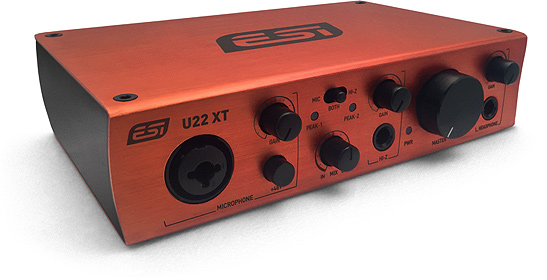



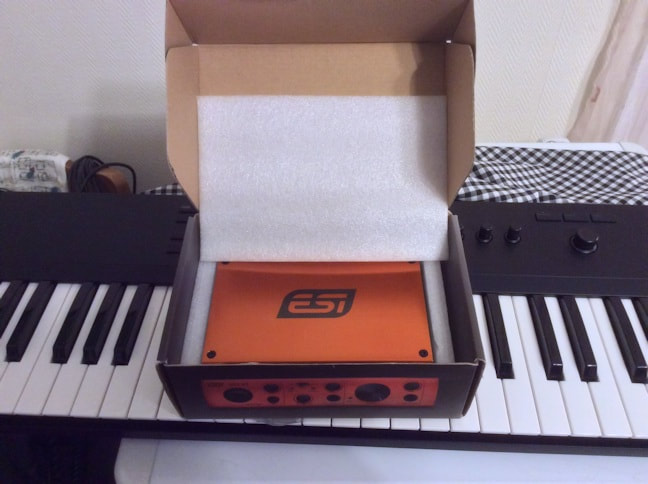
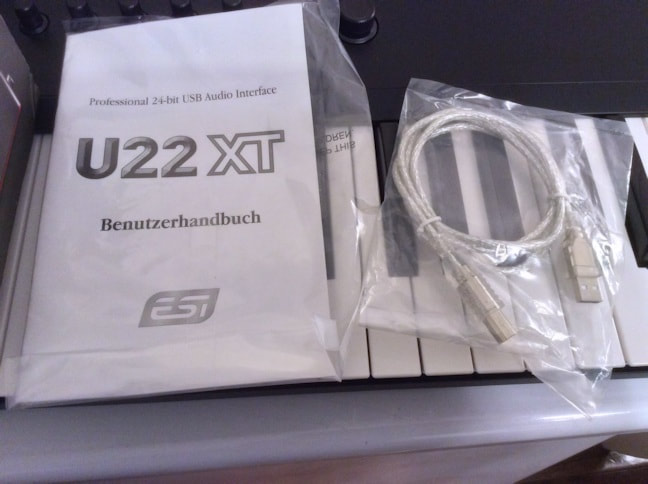




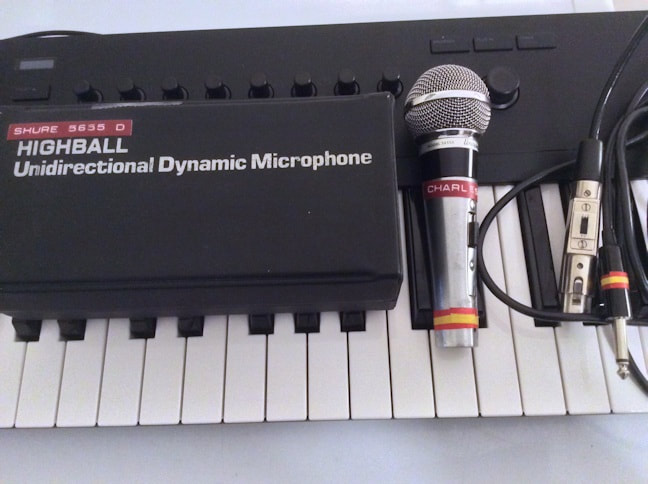




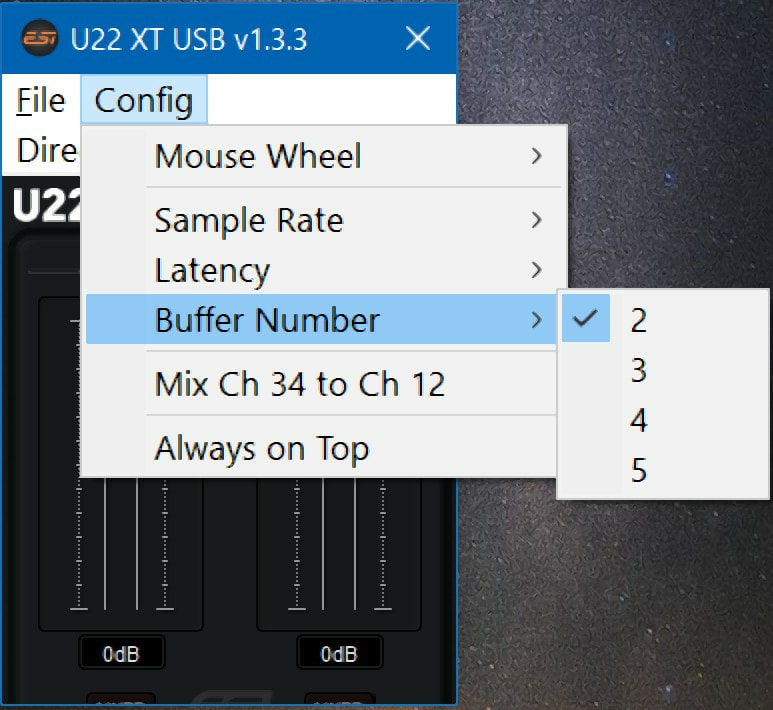

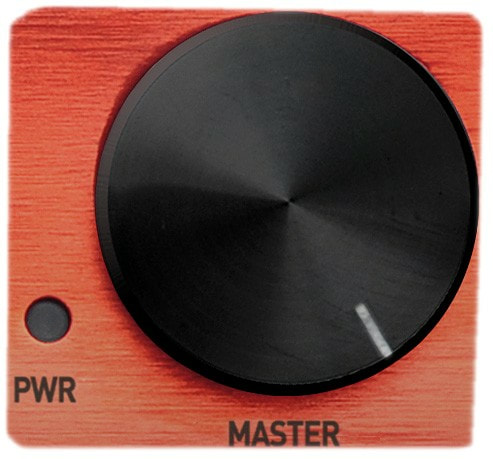






 15% OFF Summer Sale!
15% OFF Summer Sale!
 RSS Feed
RSS Feed

